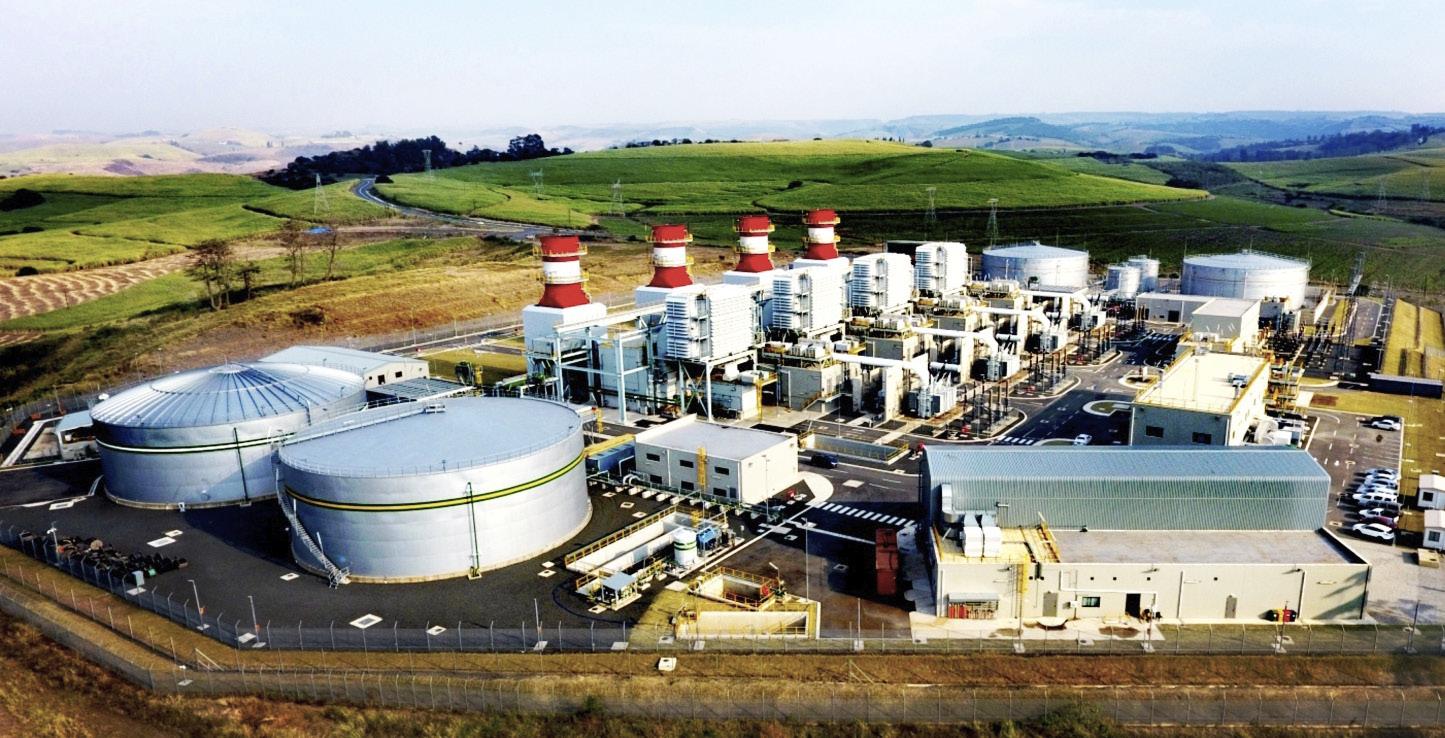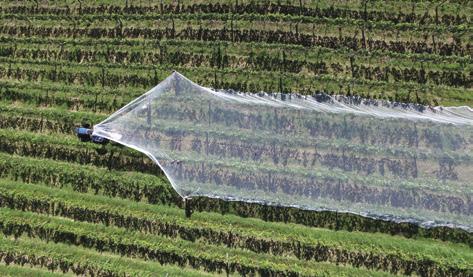PROFILE OVERVIEW INTERVIEW
Agriculture South Africa is the world leader in mohair.
W
hile agriculture’s contribution to national GDP is variously given in the range of 2.0%-2.5%, the upstream and downstream links to agriculture through sectors such as processing and logistics mean that the real contribution is more like 15%. More than one commentator has raised the idea that South Africa should be ramping up production of foods where the country is already a world leader in production: macadamia (number one), citrus (number two) and others such as avocados and pecan nuts. Hilary Joffe wrote in Business Times that existing turnover for superfoods (avocadoes, cherries, dates, blueberries, macadamias, pecans and almonds) is at R24-billion but this could triple with the correct support. A good example of an existing special strength that belongs to South African agriculture is mohair, the fibre that comes from Angora goats. The Eastern Cape is the centre of the global mohair sector. South Africa produces about 55% of the world’s mohair. Companies such as SAMIL have divisions covering farming, combing, trading, spinning and dyeing. The Angora Genetics Laboratory (ANGELA) was established in 2013 to improve yields. Wandile Sihlobo of Agbiz believes that South Africa should focus on horticulture, partly because it is labour intensive. He gives an example of blueberries, which need 2.64 workers for every hectare planted. There are signs that his advice is being followed: gross value rose from R15.8-million in 2008 to R1.25-billion in 2018 with the total area planted expanding four times. More than 70% of the blueberry crop is exported. AgriSA states that the amount of agricultural land in South Africa in 2016 stood at 93.5-million hectares. This represents 76.3% of South Africa’s total land mass of 122.5-million hectares and about 3% less than in 1994. Following on a research project done by Agri Development Solutions (jointly funded by AgriSA and the magazine Landbouweekblad), Agri SA predicted that 80-million South Africans would be fed by commercial farmers in the year 2035. They also gave these figures for the sector: • 34 000 full-time farmers • 40 000 tax-paying farmers • 100 000 emerging farmers • 670 000 semi-skilled and unskilled workers. Agricultural firm Laeveld Agrochem has made the link between the need for high-quality soil and better returns if countries in Africa are going to produce larger quantities of produce and livestock. As a result, a subsidiary has been created to make soil health products. Called Agri Technovation, SOUTH AFRICAN BUSINESS 2020
58
SECTOR INSIGHT Superfoods could boost agricultural exports.
the company formulates and manufactures specialised products that aim to meet crop-specific nutrient, stimulant and energy requirements. In the context of new products such as these, the need for highly skilled people in the sector becomes obvious. The kinds of innovation and technology that are needed to improve agriculture need well-trained specialists. The South African government has produced a list of critical skills in the agricultural sector. Each of these occupations (such as agricultural scientist) has additional areas of specialisation (for example, soil or pasture scientist) so the extended list is a long one. General occupations include technician, produce inspector, engineer technologist, mobile plant operator and veterinarian. Some specialities include seed research technicians, abattoir veterinarians and agri-chemical spray operators. Black farmers are receiving loans from the Land Bank in an attempt to help transform the sector. The













